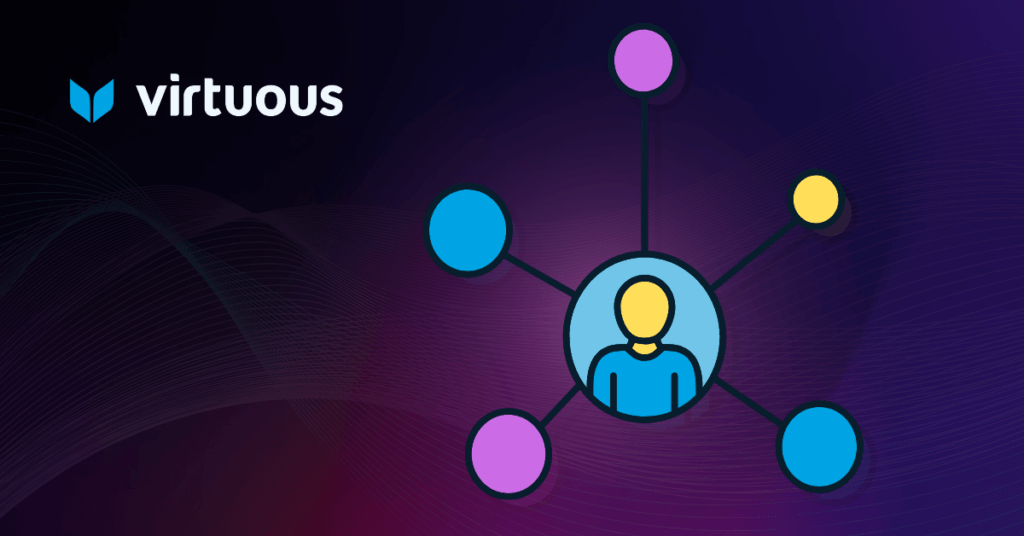You often hear nonprofits discuss finding better ways to grow their donor base. Unfortunately, they often overlook a significant opportunity: nonprofit brand advocacy, particularly harnessing the potential within their fan base.
This begins by understanding that your nonprofit is a brand, and your fans are your advocates. Nonprofit brand advocacy actually has a leg up over for-profit. That’s because advocacy has a whole lot to do with the cause behind the brand, and nonprofits are motivated by a cause, not profit. As a result, they tend to make fans more quickly than for-profit brands.
Why nonprofit brand advocacy scales
Over the past decade, as we’ve worked with a wide range of nonprofits, we’ve used some simple math to explain the challenge:
Imagine your organization has five donor representatives on staff. Each donor rep can realistically maintain legitimate relationships with about 100 people. This means your organization can realistically expect to have a relational influence on about 500 current and potential donors.
That’s a problem. Why? Because giving is fundamentally relational and personal, and by definition, your organization’s internal promotion model isn’t scalable.
Now, say you have 10,000 fans in your organization. You can assume each of those people has about 100 meaningful relationships they maintain. Imagine you can equip and inspire them to tell your organization’s story. Suddenly, your organization has expanded its reach from 500 relationships to a million — without sacrificing the irreplaceable power of personal connection.
In short, your fans are the face of your organization, and when they put out a call to support you, they add to it the weight (and built-in trust) of their relationships.
How do you identify a nonprofit fan?
A fan of a nonprofit can be described as anyone who cares about your cause and applauds the work your organization is doing. A nonprofit fan:
- Volunteers to help your cause
- Subscribes to your social channels
- Subscribes to content, including social media, email, paper publications, etc, from your brand and/or in your area of interest
- Responds to calls to action, such as, marching, rallying, voting, petitioning, boycotting and more
- Purchases products that endorse your nonprofit
- Wears your brand (think tee shirts, buttons, bumper stickers)
- Shares your content, whether it’s online content or paper fliers
In short, your fans are engaged and active. Most importantly, they care about the work you’re doing, and they see themselves as part of it.
How can you turn your fans into fundraisers?
In case you haven’t noticed, your fans are engaged enough to participate in what your brand is doing. The key to keeping these fans engaged is creating experiences.
But it’s not just about generic experience-making. It’s not a matter of organizing a rally and asking everyone who showed up to donate. Instead, it’s about developing ongoing relationships around those experiences. That way, when you ask them to share your content, they are glad to do so because they feel like partners.
Five ways to grow relationships that will encourage brand advocacy:
Your fans look forward to hearing from you, so growing those relationships is a matter of keeping in touch so that they feel their support of your nonprofit is essential, needed, and most of all, appreciated.
- Make sure to engage them on social media. Undoubtedly, this is the most powerful way to create personalized interactions while creating brand advocates. For example, reach out via direct message to ask them to share content, like calls to donate, rally, or raise the alarm. When they respond and share, be sure to thank them.
- In fact, thank them whenever they participate. The more you can connect specific interactions your organization had with them—including photos or videos they appeared in—be sure to include them in the thank you. It will place them right there on the front lines of the cause with you. On social media, tag them in photos whenever possible so their friends can see them in action.
- Send them exclusive content, like news or alerts, that help them become a subject matter expert for your cause. The more they have to share, the more they will advocate for your cause.
- Invite them to an exclusive appreciation event for your biggest advocates. Don’t ask for money here. Take the time to get to know them and let them know how powerful their efforts have been in accomplishing your mission.
- Provide them with brand swag: those tee shirts and buttons they love to wear. Brand advocacy is not just an online thing. It’s three-dimensional. Encourage them to post on social in their gear. Especially if you have a branded hashtag they can add.
These are just a few ways to create personalized experiences that matter to your fans, and they’ll want to tell their networks about them. The more they feel the excitement around your brand, the more they’ll share.
How do you keep track of all those relationships?
The one catch-22 with growing your donor base and building personal relationships with your list of donors is that it can be challenging to manage all those relationships. Many nonprofits are good at monitoring who’s been giving. But if you’re not tracking how your fans interact with you, you could easily overlook your biggest fans who haven’t given lately.
On top of that, without keeping a close eye on those interactions, it can be difficult to create those experiences that engage well enough to make a call for donations feel personal, sincere, or meaningful.
If you’re not already using a nonprofit CRM to keep track of your relationships, it’s time. Building brand advocates at scale is nearly impossible without a software tool to help you manage relationships.
Turning fans into fundraisers is the first step in fostering an organizational culture that allows anyone to immediately feel that they are part of something big, something meaningful. You’ll have a scalable movement when givers receive the tools and inspiration to become megaphones for the cause.




